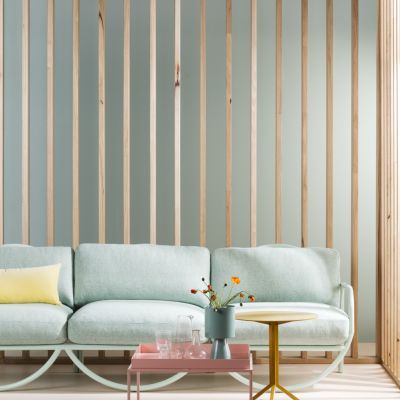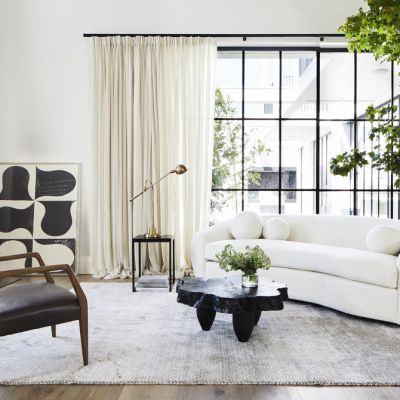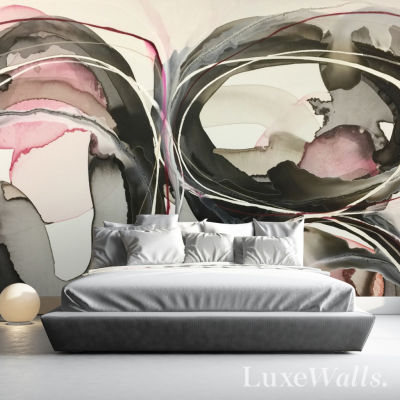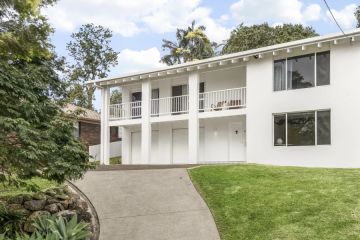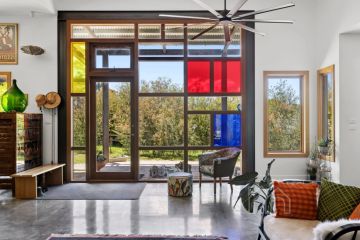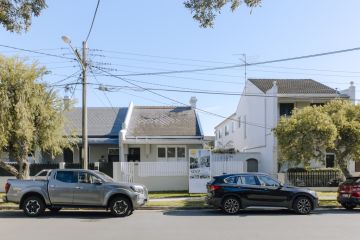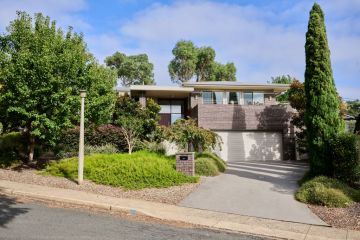Darren Palmer's top tips for making your room look bigger or smaller
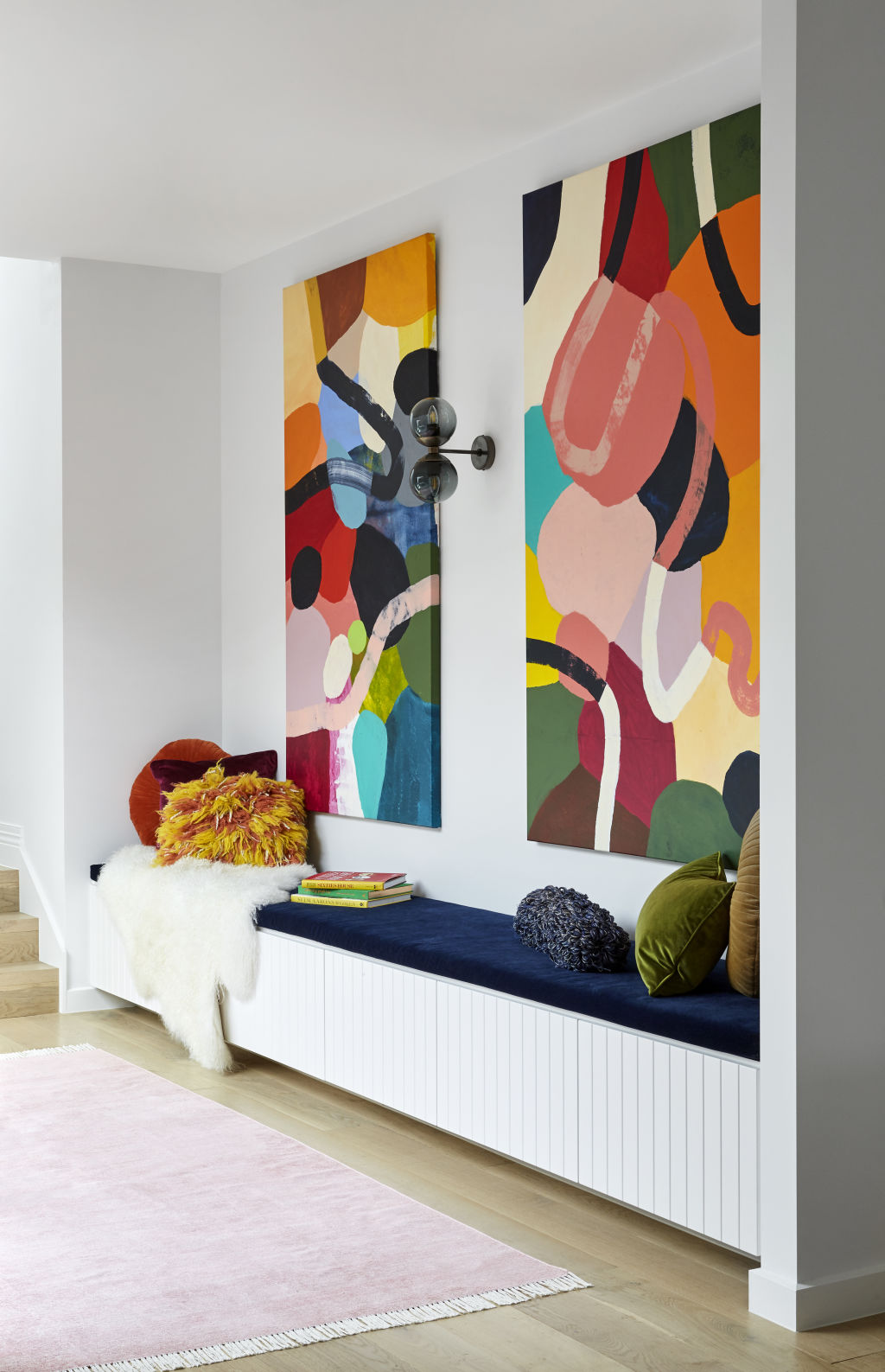
Having an open-plan area that’s too large might sound like the same sort of affliction as having a bank balance that has too many zeros. Boo hoo. Poor you.
But there are challenges to working with a large open-plan space, given that space can be your entire living, kitchen and dining area.
If you’re faced with one large rectangle in which to spend most of your time, you’ll need to zone it for purpose and there are several effective ways to do so.
Rugs
A well-placed rug is a great way to define a living area.
Make sure your rug is big enough to fit under at least the front legs of all of the chairs, ottomans and sofas – though my rule of thumb is the bigger the better, as long as you still have some visibility of the flooring underneath to connect the space visually to the rest of the room.
This will evoke a feeling of a more appropriately sized space, even if it’s part of a larger one.
If your living area is super-sized, you can add another rug for a separate reading or sitting zone.
A round rug is an appropriate choice for reading or conversation zones and can sit anywhere in a room comfortably, acting as a visual island with its own purpose.
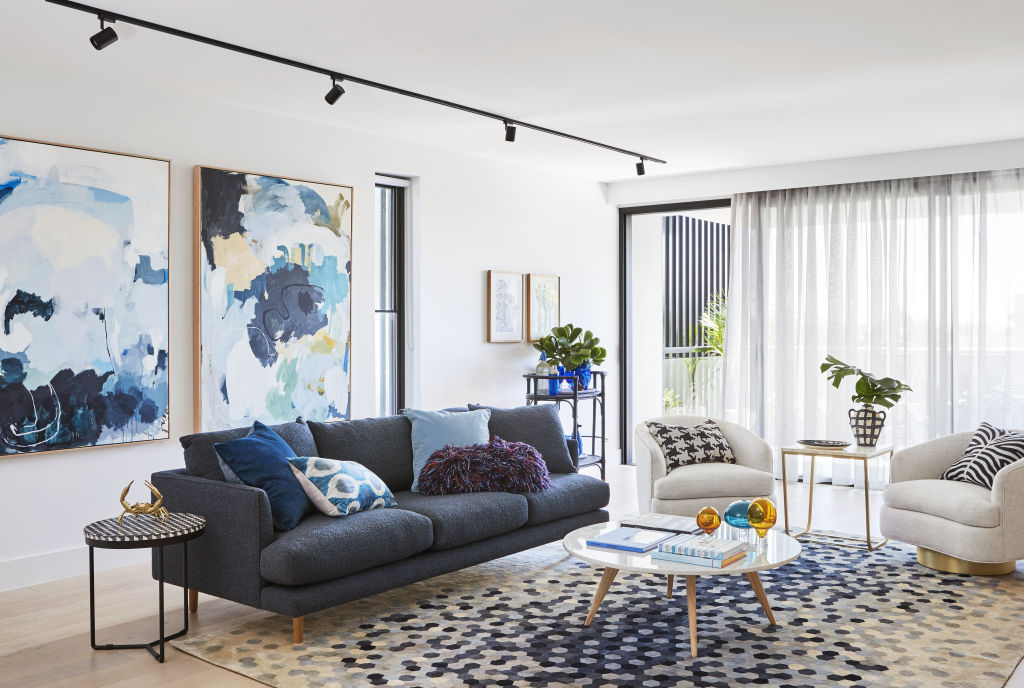
Lighting
Lighting is a great way to zone areas. A floor lamp is the perfect addition to a reading zone as it anchors the space in a pool of light.
A pendant light can do the same over a dining table, or perimeter lighting along walls or ceilings works well to define an open area.
Lighting can also be used to create the feeling of a more intimate space by bringing the eye-line down, reducing the amount of space that’s visible at one time.
A low-slung pendant over a dining table can focus the splay of light across a smaller area, creating ambience and a more defined space, within a larger one.
An appropriately large-scale pendant light, or collection of lights, will also act as an anchor above a table, allowing the table to visually have a purposeful place.
Furniture
Finding the right-sized furniture is the last key to getting a space to feel as comfortable and liveable as possible. A huge space needs oversized furniture as using regular-sized furniture will make the room look uncomfortably huge.
If, on the other hand, you’re at the opposite end of the scale spectrum, trying to make the most of the space that you have, there are a few go-to tricks of the trade to fool the eye into feeling like you’ve got room for days.
Mirrors
Mirrors are a big game-changer in small spaces and, as with rugs, usually the bigger they are the better the result.
A mirror above a fireplace or hanging as wall art will always open up the room, while a wall of mirror is the most effective way to go.
When using mirrors always think about what is reflected in them. Are you just reflecting something ugly or average (say an airconditioning unit)?
If you’re placing a mirror, place it to best enhanc lost or obscured views, letting in light or doubling up the impact of a beautiful feature such as art, drapery or decoration.

Going up
Another big key to making the most of a small space is to lift as many things as possible off the ground.
Cantilevering seating so that there is open space beneath without visible legs can work a treat to increase the appearance of available floorspace. Cabinets and joinery also work well when attached to walls rather than sitting on floors.
Be bold with colour
Contrary to popular belief, dark colours don’t necessarily make small spaces feel smaller. In fact, a well-chosen dark colour can have the effect of blurring the boundaries of a space and fool the eye into thinking there are no edges or corners
Storage
Making the most of the available space you have comes down to how you use every element within it.
Murphy beds, multipurpose furniture, and clever storage is a great way to make your small space punch above its weight.
HomeSpace by Darren Palmer (Murdoch Books, RRP $39.99).
We recommend
We thought you might like
States
Capital Cities
Capital Cities - Rentals
Popular Areas
Allhomes
More
- © 2025, CoStar Group Inc.
